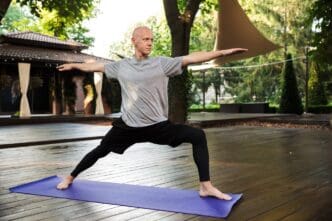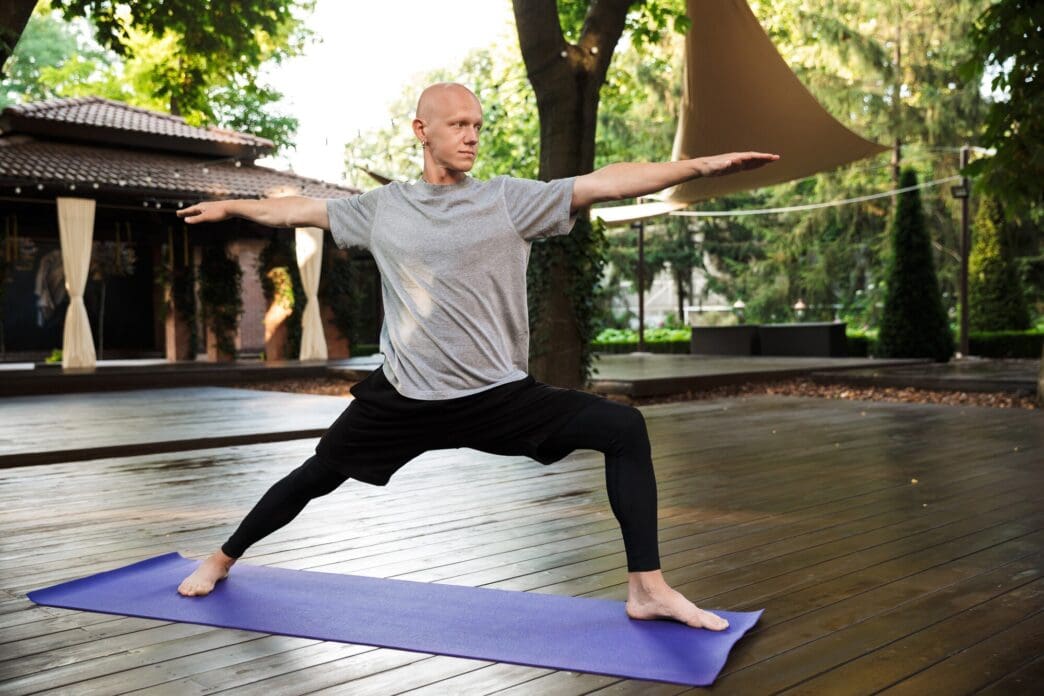A Quick Takeaway
The Story Behind the Trend
How to Make It Work for You
The Community View
Unlocking peak performance and maintaining a vital, independent life after 60 is not merely possible but entirely achievable through targeted, evidence-based fitness programs. Who benefits? Anyone over the age of 60 seeking to enhance their physical and mental well-being, prevent age-related decline, and continue enjoying life to its fullest. What are these programs? They encompass a blend of strength, cardiovascular, flexibility, and balance training, designed to counteract the natural physiological changes associated with aging. When should you start? The best time is always now, regardless of your current fitness level, with consistent effort being key. Where can these programs be performed? From the comfort of your home to a local gym or community center, accessible options abound. Why is this so crucial? Because engaging in regular, appropriate exercise is the most powerful tool for preserving functional independence, reducing disease risk, boosting mood, and ensuring a high quality of life well into your golden years.
Understanding the Landscape of Aging and Fitness
As we age, our bodies undergo predictable changes that can impact physical capacity if left unaddressed. These include a gradual loss of muscle mass, known as sarcopenia, decreased bone density, reduced flexibility, and a decline in cardiovascular efficiency.
However, scientific research overwhelmingly demonstrates that these age-related declines are not inevitable or irreversible. Targeted exercise can significantly mitigate these effects, helping individuals over 60 regain strength, improve balance, enhance endurance, and maintain a robust metabolic rate.
Core Pillars of Fitness for the Over 60s
A comprehensive fitness plan for older adults should ideally incorporate several key components, each addressing specific physiological needs.
Strength Training
Strength training is paramount for combating sarcopenia and improving bone density, which is vital for preventing osteoporosis and fractures. It builds and maintains muscle mass, enhances functional strength for daily tasks, and boosts metabolism.
Effective exercises include bodyweight movements like squats (using a chair for support), lunges, and push-ups against a wall or incline. Resistance bands, light dumbbells, or even machine weights can also be incorporated, always with proper form and gradual progression.
Cardiovascular Health
Maintaining a strong heart and lungs is essential for overall endurance and energy levels. Cardiovascular exercise improves circulation, helps manage weight, lowers blood pressure, and can significantly elevate mood.
Activities such as brisk walking, swimming, cycling (stationary or outdoor), dancing, or even active gardening are excellent choices. Aim for at least 150 minutes of moderate-intensity or 75 minutes of vigorous-intensity aerobic activity per week, spread across several days.
Flexibility and Balance
Improved flexibility enhances range of motion, reduces stiffness, and can alleviate joint pain, while balance training is critical for preventing falls, a major concern for older adults. Good posture is also a direct benefit of these practices.
Yoga, Tai Chi, and dedicated stretching routines are highly effective for flexibility. Balance exercises, such as standing on one leg (with support initially) or heel-to-toe walking, should be performed regularly to improve stability and coordination.
Top Fitness Programs for a Vital Life After 60
While the core pillars remain constant, several structured programs offer excellent frameworks for achieving a vital life after 60.
The Functional Fitness Program
This program focuses on exercises that mimic everyday movements, directly translating to improved independence and ease in daily living. It emphasizes compound movements that engage multiple muscle groups, alongside core strength and balance work.
Examples include carrying groceries, climbing stairs, getting up from a chair, and reaching overhead. A functional program directly enhances the ability to perform these tasks with greater ease and reduced risk of injury.
Aquatic Exercise Programs
Water-based workouts are ideal for individuals with joint pain, arthritis, or those recovering from injuries, as the buoyancy of water significantly reduces impact and stress on joints. Water aerobics, swimming laps, or even simply walking in water provides excellent cardiovascular and strength benefits.
The natural resistance of water also helps build muscle strength without the need for heavy weights, making it a safe and effective option for many older adults.
Mind-Body Practices (Yoga & Tai Chi)
Yoga and Tai Chi offer a holistic approach to fitness, integrating physical postures, controlled breathing, and mental focus. These practices are renowned for improving flexibility, balance, and strength, while also reducing stress and enhancing cognitive function.
Gentle yoga classes, chair yoga, or various forms of Tai Chi are widely available and can be adapted to suit different fitness levels and physical limitations, providing a calming yet challenging workout.
Personalized Strength & Conditioning
For those seeking optimal results and tailored guidance, working with a certified personal trainer who specializes in older adults can be invaluable. A trainer can design a progressive program that addresses individual needs, pre-existing conditions, and specific goals.
This approach ensures exercises are performed safely and effectively, with appropriate progression to maximize strength gains, improve endurance, and prevent injuries, leading to highly customized and impactful outcomes.
Getting Started and Staying Consistent
Before embarking on any new fitness program, it is always wise to consult with your doctor to ensure it is appropriate for your current health status. Start slowly, gradually increasing the intensity, duration, and frequency of your workouts as your body adapts.
Listen to your body, rest when needed, and don’t be afraid to modify exercises. Finding activities you genuinely enjoy and considering group classes for social support can significantly boost motivation and long-term adherence. Remember, consistent effort, combined with good nutrition and hydration, is the ultimate recipe for unlocking peak performance after 60.







